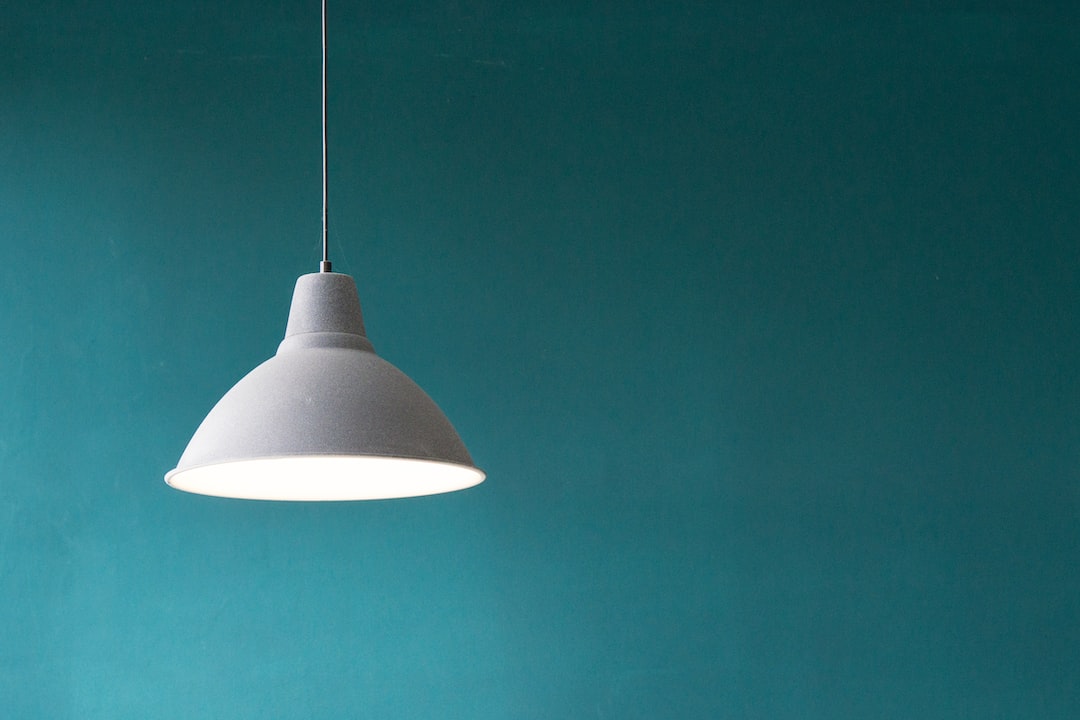Bringing Order to Chaos: Principles of Effective Layout Design
In our fast-paced and visually overwhelming world, creating an effective layout design is crucial for communicating messages clearly and creating a positive user experience. Whether it’s a website, a magazine, or a flyer, a well-designed layout can bring order to chaos and leave a lasting impact on the audience. In this blog post, we will explore the principles of effective layout design and how they can be applied to various mediums.
1. Balance:
Balance is the fundamental principle of layout design that ensures visual stability and harmony. There are two types of balance: symmetrical and asymmetrical. Symmetrical balance creates a sense of order and formality, while asymmetrical balance adds dynamism and visual interest. Achieving balance involves distributing visual elements evenly throughout the layout, considering their size, color, and placement.
2. Hierarchy:
Hierarchy is essential for guiding the audience’s attention and organizing information effectively. By using size, color, contrast, and typography, designers can establish a visual hierarchy that highlights important elements and allows viewers to navigate the layout effortlessly. A clear hierarchy ensures that the message is conveyed in a logical and coherent manner.
3. Grid Systems:
Grid systems provide a structure for organizing content and maintaining consistency in layout design. They help designers create cohesive compositions by dividing the page or screen into a series of columns, rows, and modules. Grids ensure alignment and allow for easy navigation, making the layout visually appealing and user-friendly.
4. Proximity:
Proximity refers to the principle of grouping related elements together. By placing elements that belong together in close proximity, designers establish visual relationships and aid the audience’s understanding of the information presented. Proximity helps to avoid clutter and create a clear visual flow within the layout.
5. Contrast:
Contrast is a powerful tool for creating visual impact and emphasizing important elements. By contrasting colors, shapes, sizes, and typography, designers can create focal points and enhance readability. Contrast adds depth and dimension to the layout, making it visually engaging and attention-grabbing.
6. White Space:
White space, also known as negative space, refers to the unoccupied areas within a layout. It is not wasted space but an essential component of effective design. White space allows elements to breathe and provides visual rest, reducing visual noise and enhancing legibility. It also helps to create a sense of elegant simplicity and sophistication.
7. Consistency:
Consistency is key for creating a cohesive and professional-looking layout. By maintaining consistent use of typography, color schemes, spacing, and alignment, designers establish visual unity and reinforce the brand identity. Consistency helps build trust and familiarity with the audience, making the layout easily recognizable and memorable.
8. Simplicity:
Simplicity is the ultimate sophistication. Overcomplicating a layout can confuse and overwhelm the audience. By simplifying the design and avoiding unnecessary elements, designers can communicate messages more effectively. Simplicity embraces clarity and minimalism, allowing the content to shine and creating a pleasant user experience.
9. Responsive Design:
In today’s digital age, responsive design is essential for delivering a seamless user experience across different devices and screen sizes. Designers need to consider how the layout will adapt and respond to various platforms, ensuring optimal functionality and readability. Responsive design accommodates the evolving needs of a diverse audience, enhancing accessibility and maximizing engagement.
10. Experimentation:
While adhering to the principles mentioned above is crucial, innovation and experimentation should not be neglected. Pushing boundaries and thinking outside the box can lead to groundbreaking layout designs, grabbing attention and leaving a lasting impact. Designers should explore new techniques, trends, and technologies to stay ahead of the curve and create innovative layouts that captivate the audience.
In conclusion, effective layout design brings order to chaos and plays a vital role in delivering messages and creating a positive user experience. By understanding and applying the principles of balance, hierarchy, grids, proximity, contrast, white space, consistency, simplicity, responsiveness, and experimentation, designers can create visually appealing and impactful layouts that resonate with the audience. So, let’s embrace the art of layout design and transform chaos into captivating compositions.
